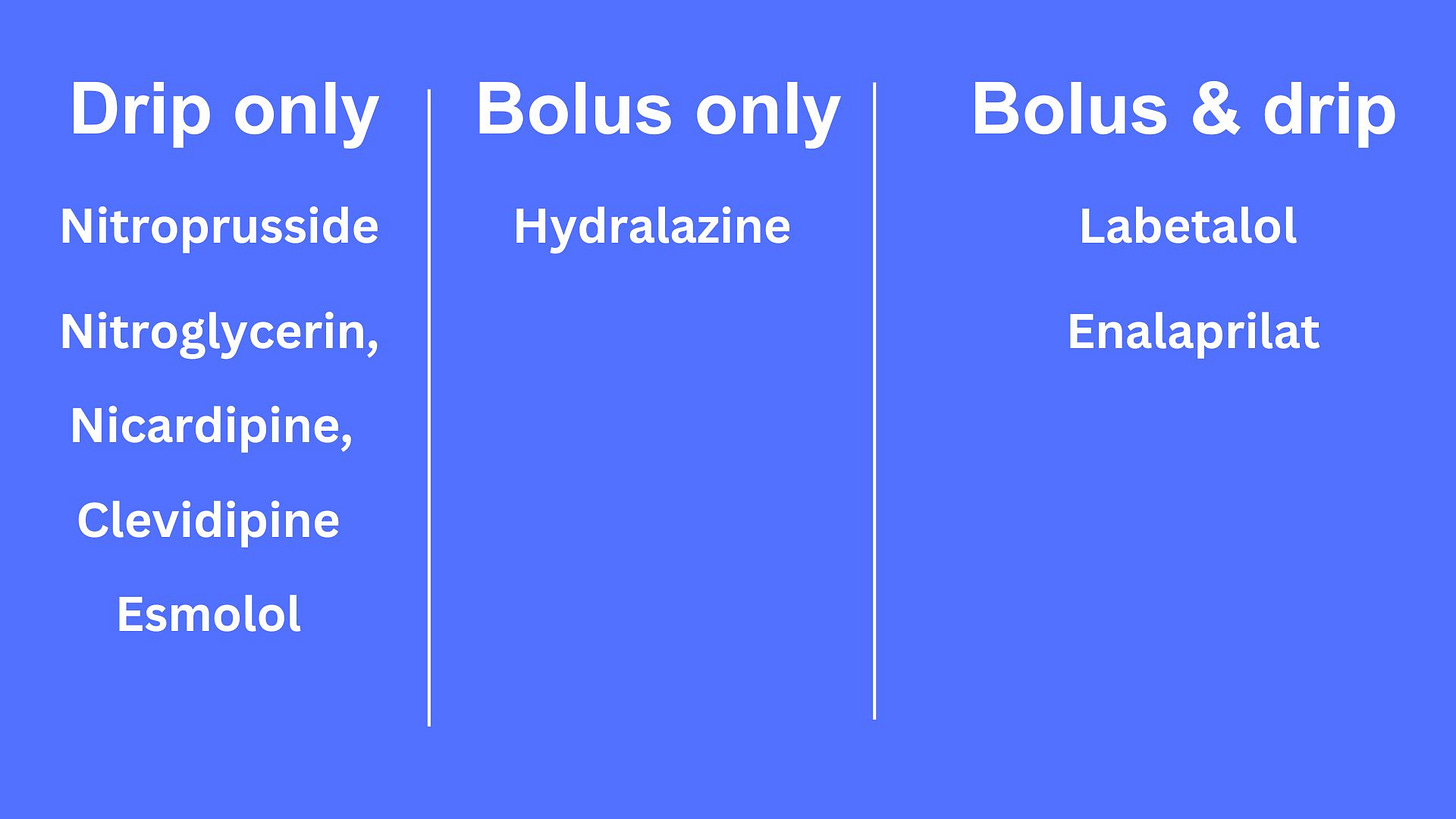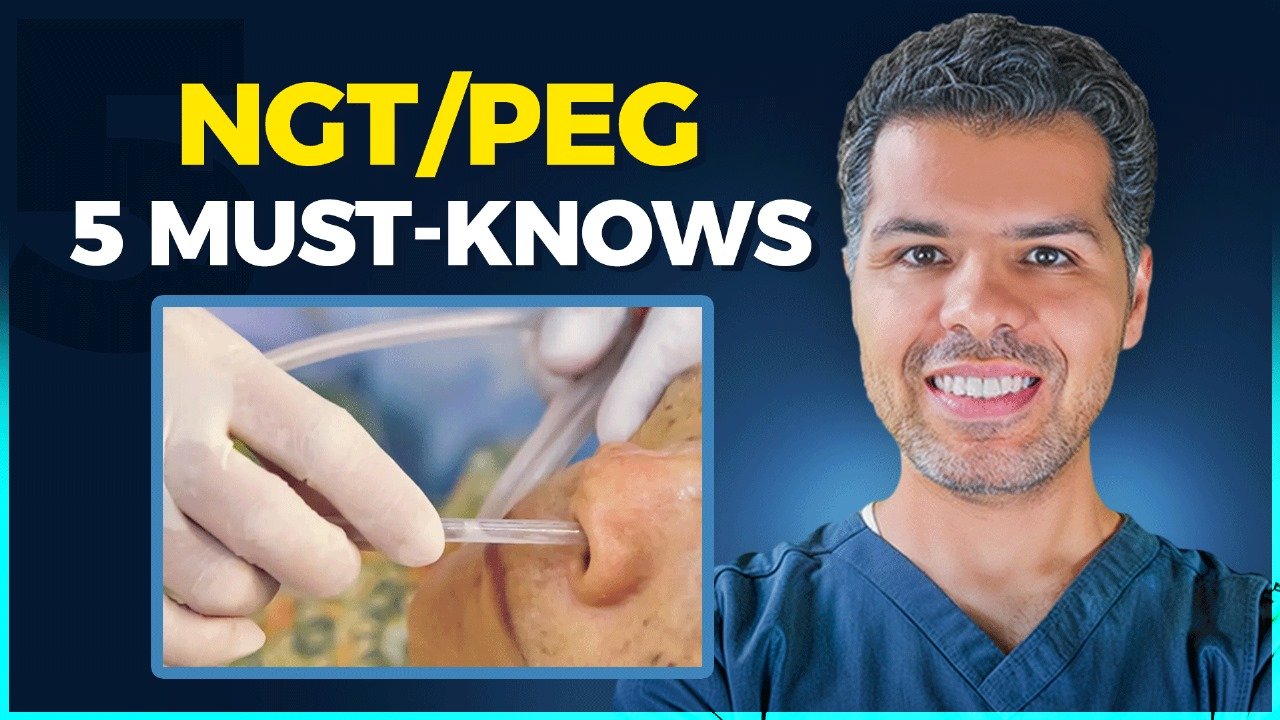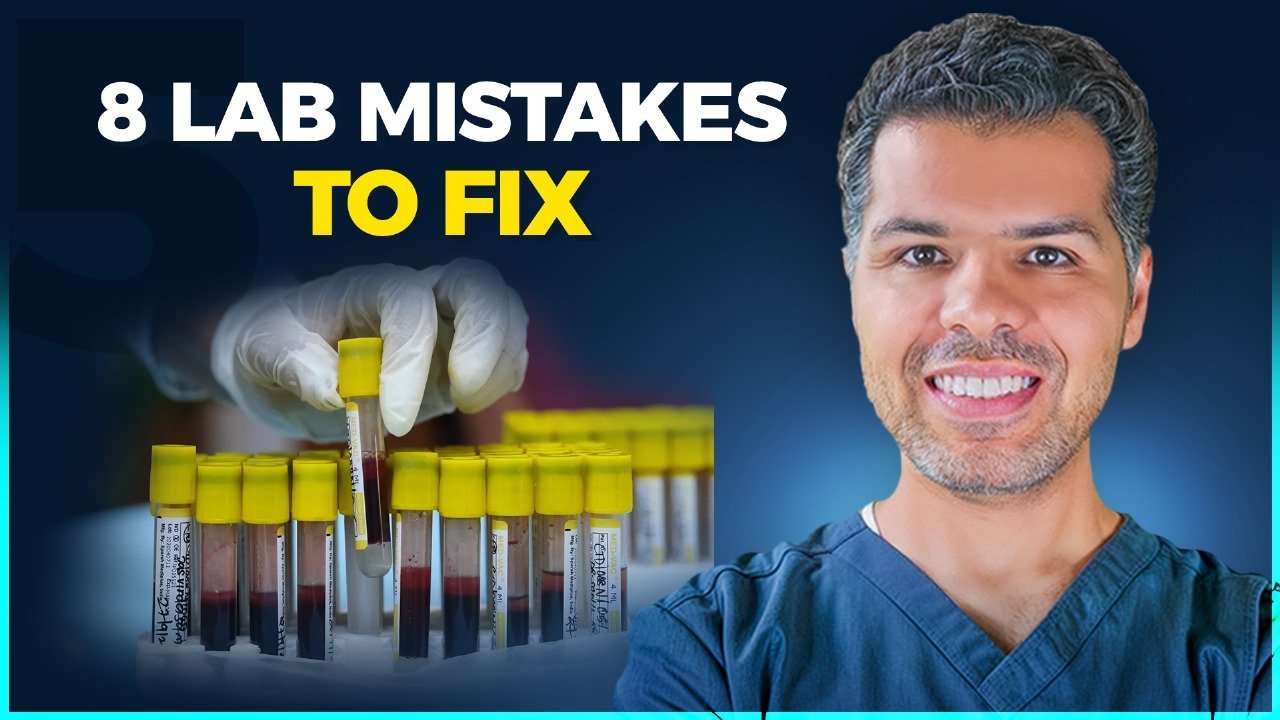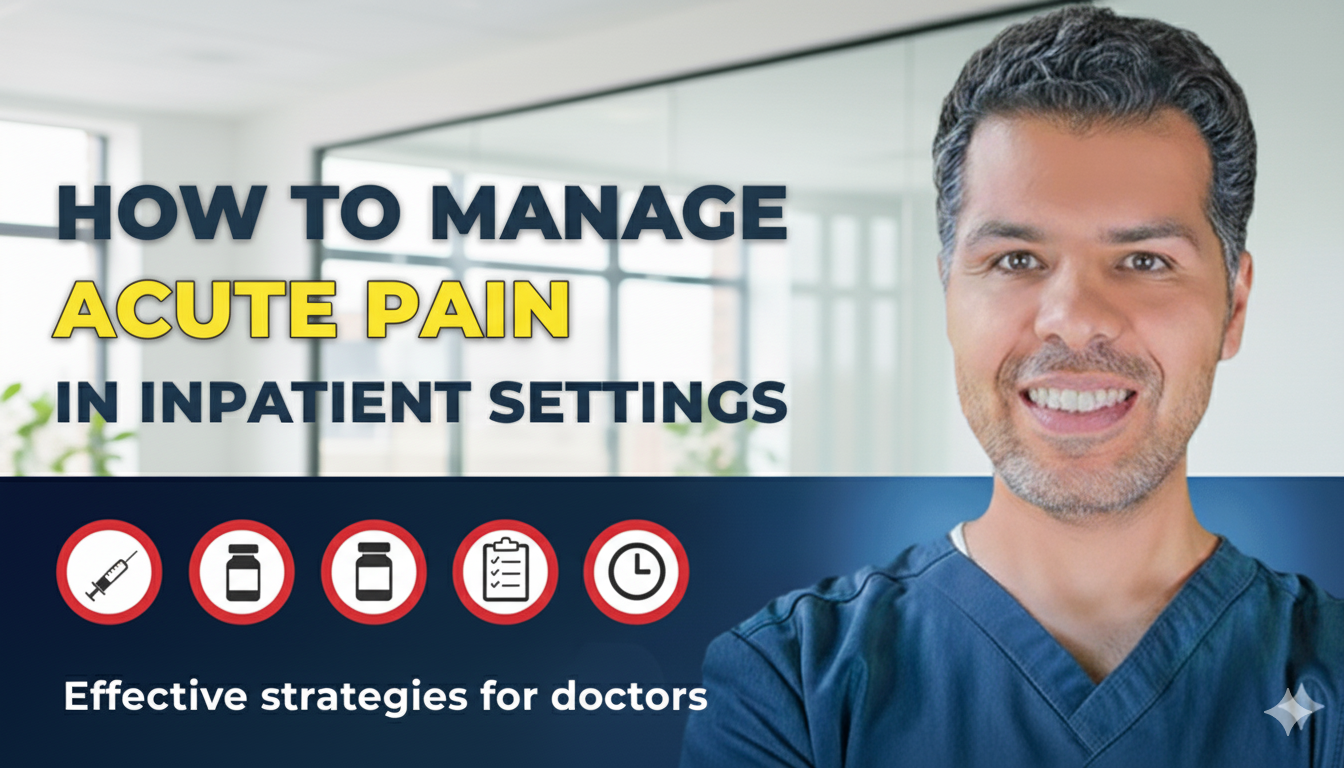Definition
- The formal definition of a hypertensive emergency is the presence of a significantly elevated BP (Typically an acute rise in blood pressure) and ongoing target-organ damage.
- Most hypertensive emergencies happen when the SBP > 180 and or DBP >120.
- Target organ damage:
- Brain involvement results in a stroke whether hemorrhagic or ischemic, SAH, and hypertensive encephalopathy.
- Retina involvement leads to moderate to severe retinopathy.
- Heart involvement leads to acute coronary syndrome and acute heart failure.
- Aorta involvement leads to aortic dissection.
- Kidney involvement leads to acute kidney injury.
Recognition
- The moment a nurse reports high blood pressure to me, I ask three questions:
- What are the rest of the vital signs?
- Does the patient have any concerning signs and symptoms?
- Is the patient pregnant and what trimester?
“ If vital signs are abnormal, the patient is symptomatic, or the patient is pregnant, leave everything and go assess the patient immediately, your patient has a hypertensive emergency until proven otherwise”.
- The presence of a significantly elevated blood pressure and one of the following points below is a hypertensive emergency until proven otherwise:
- Severe constant headache, confusion, agitation, seizure, visual disturbances, nausea, vomiting, or any new focal neurological deficit suggests brain damage.
- Chest pain or shortness of breath suggests damage in the heart/aorta, beware of MI atypical presentation like epigastric pain, shoulder pain, back pain,…etc.
- Visual disturbances suggest retinopathy, most patients will not have any visual symptoms and the only way to diagnose retinopathy is fundoscopy to look for papilledema and other findings like hemorrhages and exudates, a lot of us may not have the proper skill to look for those findings that’s why it is rarely diagnosed or recognized on the floor, for that reason assume your patient has retinopathy if visual symptoms along with severe elevation in BP.
- Microscopic hematuria and acute kidney injury suggest kidney involvement.
One thing we should always remember is that a mild isolated headache is a common finding when BP is significantly elevated and not considered a symptom of a hypertensive emergency so it’s essential to ask how bad or severe the headache is
If you get called about a patient with knee pain? Or low back pain? abdominal pain, or other kinds of pain and a significantly elevated BP? Is this considered a concerning symptom? Always think is the sign or symptom suggesting a brain, retina, heart, aorta, or kidney involvement? If not, it’s likely the pain is causing this elevated BP or at least contributing to it, not the opposite, this is not a hypertensive emergency and likely the BP will improve with better pain control, in such case, we need to give a pain medicine not a BP medicine.
Another confusing issue frequently encountered in real-world setting is agitated or restless patients which can raise their BP! This is not a hypertensive emergency as the rise in blood pressure was due to agitation not the opposite! If a hypertensive emergency is causing the patient agitation it will likely be associated with other symptoms including headache, nausea, vomiting, and usually, these symptoms precede confusion and agitation.
Investigations
- Brain involvement: Noncontrast CT head.
- Cardiac involvement: EKG, cardiac enzymes, CXR, chest CTA if aortic dissection is suspected.
- Kidney involvement: CMP pr BMP and urinalysis.
- Perform a pregnancy test on childbearing-age women if none is done during the admission.
- Perform a drug screen if intoxication is suspected.
- Perform fundoscopy if visual disturbances are present (if you have the skill to do so).
Management
- Airway, breathing, and circulation “the ABC algorithm”
- Don’t hesitate to call the rapid response team especially if the rest of the vital signs are unstable.
- Verify the accuracy of BP measurement, and check BP in both arms if aortic dissection is suspected.
- Transfer to the ICU as soon as the patient is stable enough for the transfer, if for some reason an ICU bed isn’t readily available, a bed in the step-down unit can be adequate as long as the unit can provide the level of care your patient needs so make sure to know the capabilities of each unit at your facility, this can differ from a facility to another.
- Get a quick history from the patient or the patient’s nurse.
- Perform a quick focused exam.
Blood pressure lowering strategy
- The goal is to drop the BP by 10% in the first hour and then drop it by 15% in the next 23 hours, that’s a total of 25% drop in the first 24 hours from the original value.
- If both (SBP & DBP) are elevated it’s better to use the MAP as our guide, if only one of them is elevated, use the elevated value or the MAP as your guide.
- The (10+15%) rule is valid in all hypertensive emergencies cases except:
- The acute phase of ischemic stroke when thrombolytics are indicated, here the systolic blood pressure should be lowered to ≤185 mmHg and diastolic blood pressure to ≤110 mmHg and the blood pressure should be maintained at or below 180/105 for at least 24 hours after thrombolytic treatment to reduce the risk of bleeding.
- If reperfusion therapy isn’t indicated, we don’t treat blood pressure unless it’s severely elevated (systolic blood pressure >220 mmHg or diastolic blood pressure >120 mmHg), only then we may follow the 10 + 15 rule.
- The acute setting of Intracranial hemorrhage, things may get a bit confusing whether we are monitoring the ICP or not, to make it simple the goal is to drop the SBP to the 140-160 mmHg range or MAP < 110 in the first 24 hours. Patients who deteriorate clinically during this period may be required to stop or slow down their antihypertensive therapy.
- Acute aortic dissection, here the systolic blood pressure should be rapidly lowered to a target of 100 to 120 mmHg within 20 minutes to reduce aortic shearing forces.
- Severe hypertension in pregnancy (SBP >160 &/or DBP > 110), here the goal is to drop the BP by 25% within 2 hours, the goal is to drop the SBP to around 140 and DBP to around 90 in the next few hours.
- If two hypertensive emergencies exist, we go with the more aggressive BP lowering strategy, let’s say our patient is having aortic dissection and stroke, in such case, we follow the aortic dissection BP strategy.
Blood pressure-lowering medications
Check if the patient was on BP medications at home or not. If yes, was it resumed on admission or not? his medications on admission or not? The withdrawal from short-acting antihypertensive agents (especially clonidine, propranolol, or other beta-blockers) can result in severe elevation of BP and simply restarting them can solve the problem, we still follow our BP lowering strategy, clonidine works quickly within an hour while beta-blockers may take few hours to kick in, IV beta-blocker can be used in such case.
- IV blood pressure medications should be used in hypertensive emergencies, oral medications should be reserved only if there is no IV access and it is taking too long to place IV access, we can use oral agents if the patient is safe to swallow until IV access is secured.
- The following BP medications are the most commonly used in hypertensive emergencies:
- Nitroprusside & Nitroglycerin from the Nitrates family.
- Nicardipine & Clevidipine from the Calcium channel blockers family, diltiazem is mainly used for rate control rather than BP control.
- Esmolol & Labetalol from the Beta-blockers family.
- Enalaprilat from the ACE inhibitors family.
- Hydralazine.

How to administer commonly used IV BP agents - Hypertensive emergencies require a continuous infusion for tight blood pressure control to follow the chosen BP-lowering strategy.
Whether we start with a bolus injection followed by a continuous infusion or directly start a continuous infusion medications doesn’t matter! We can’t start a drip until the patient is in ICU or a step-down unit which may take some time, in such a case, we can use scheduled bolus injections until a drip is started.
- The arterial line is the best way to accurately and continuously monitor BP and should be placed whenever possible, the cuff monitoring can be alternatively used if the arterial line can’t be placed.
Condition-guided BP medication selection
- For pregnancy-related hypertensive emergencies, Hydralazine and labetalol are the preferred drugs, Nicardipine can be used as a second line. Remember that nitroprusside and enalaprilat are contraindicated in pregnancy.
- For neurological hypertensive emergencies, nicardipine, clevidipine, esmolol, and labetalol can all be used, avoid nitroprusside and nitroglycerine as they may increase ICP.
- For cardiovascular hypertensive emergencies, the choice of anti-hypertensive depends on the specific condition causing the emergency:
- Acute heart failure: Nitroglycerin is the preferred agent, and Nitroprusside is second-line.
- Acute coronary syndrome: Beta-blockers like esmolol and metoprolol are preferred, Nitroglycerine, clevidipine, and nicardipine can be used as well
- Aortic dissection: Beta-blockers are the first-line treatment preferably esmolol, labetalol can also be used. If the target BP of SBP < 120 isn’t achieved despite maximum Beta-blockers therapy, add a vasodilator like clevidipine, nicardipine, or nitroprusside! Always maximize Beta-Blockers before adding a vasodilator, never use vasodilators alone!
- For renal emergency or hypertensive retinopathy, nicardipine, and clevidipine are the first choice, esmolol, and labetalol second-line.
- For severe hypertension due to increased catecholamine activity like pheochromocytoma and acute intoxication with sympathomimetic drugs like cocaine and amphetamine, phentolamine can be used, Phentolamine is an Alpha 1 blocker that can be given as a bolus injection only and is used solely for the treatment of such cases.
You may have heard before that beta-blockers or mixed alpha-beta blockers are contraindicated in such cases, actually, this may be outdated, there is an ongoing debate about the safety of using beta-blockers and some strongly advocate to use of beta-blockers, especially in the settings of cocaine-induced ACS, I highly encourage you to discuss this with the cardiologist who is consulted for this cocaine-induced ACS.
Special considerations
- Bradycardia is the main limiting factor to using beat-blockers, hold only if the HR sustains < 50.
- All vasodilators cause reflex tachycardia, usually a rate in the low 100s.
- Enalaprilat and nitroprusside are contraindicated in pregnancy.
- The main use of hydralazine is in pregnancy.
- Nitroprusside is falling out of favor, I can’t remember when was the last time I saw it being used, we have safer, more effective, and cheaper alternatives.
- If alcohol or drug withdrawals are suspected to be the cause of the elevated BP, benzodiazepines are the drug of choice, not BP medications!
Monitoring and weaning of IV BP medications
- Monitor the pace of the drop in BP to follow the chosen BP strategy, slow down the infusion rate or shut it off completely if the drop is too quick, on the other hand, increase the infusion rate or add another class of medication if the drop is too slow to match the pace of our BP strategy!
- Start new oral BP medications or restart or adjust their original BP medications within 24-48 hours unless the BP is elevated secondary to BP medication withdrawal like clonidine then we start sooner but still follow the 10+15% BP lowering strategy.
- Wean off the IV BP medications once oral medications resumed or started.






Central Venous Access: What You Need to Know Before Starting Inpatient Rotations
10 Medications You Must Master Before Your ICU Rotation
Positive troponins! MI or not?
Comprehensive Guide to Antibiotic Spectrum: Gram-Positive, Gram-Negative, and Anaerobic Coverage